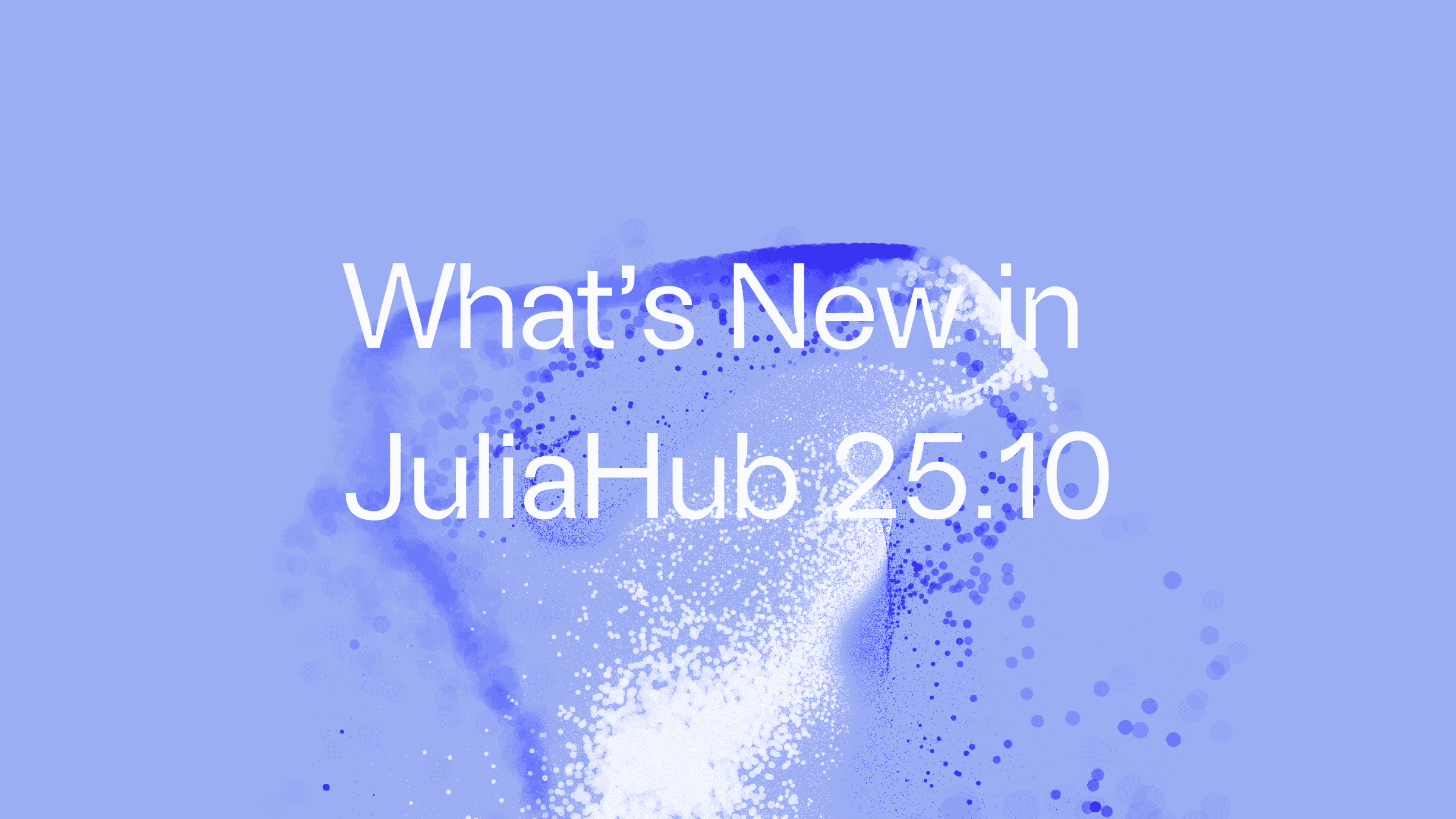Model-Based Engineering (MBE) has long been fundamental and integral to product development. However, traditional tools often fall short in meeting the demands of modern engineering challenges. Many tools focus entirely on providing an easy to use graphical environment but don’t take into account the need to version control the work products, trigger CI/CD pipelines and deploy the analysis capabilities into the field. Dyad (Formerly JuliaSim) has been designed as a response to this dilemma to bridge the gap between GUI, code and deployment. It offers a unique platform that combines the intuitiveness of graphical modeling with the flexibility of code based development while offering the ability to completely automate the process of deployment, analysis and code generation.
Accelerating Development with Unmatched Performance
Engineers and researchers using traditional tools often struggle when it comes to code compilation. Unlike traditional tools however, Dyad (Formerly JuliaSim) uses state-of-the-art compiler technology backed by the power of the Julia language. This capability allows for simulation speeds that are orders of magnitude faster than traditional tools, translating into dramatic time savings and the ability to explore designs at a deeper level. This is enabled by automatic differentiation and integration of artificial intelligence within the modeling process. Moreover, Dyad (Formerly JuliaSim) streamlines regulatory compliance efforts by automating adherence to stringent coding standards, reducing manual effort and ensuring robustness.
End-to-end Modeling and Simulation with Dyad (Formerly JuliaSim)
Dyad (Formerly JuliaSim) covers the model-based engineering lifecycle comprehensively from model development to model refinement, analysis and deployment. One of the key benefits of using Dyad (Formerly JuliaSim) for MBE is an 80-90% increase in productivity which is achieved by:
Solving the Two Language Problem: Using a single language (Julia) reduces compile times and enhances efficiency.
Efficient Workflows: Declarative and traceable model outputs reduce validation and testing overhead.
Unified Toolchain: Integration with Git, CI/CD pipelines, and version control systems ensure collaboration, automation, and deployment.
Driving Innovation with AI Integration
Dyad’s (Formerly JuliaSim) integration with AI and machine learning techniques uncovers new possibilities for model refinement, optimization, and predictive capabilities. This AI integration is crucial to empower innovation as engineers can harness Dyad (Formerly JuliaSim) to build more accurate and intelligent models. Engineers use Dyad (Formerly JuliaSim) across various stages of the product development lifecycle, right from product architecture development to subsystem development, and developing plant models using acausal modeling capabilities. Post-development, Dyad (Formerly JuliaSim) continues to add value with:
Model Calibration: Refine models using real-world telemetry data for accurate predictions.
Discovery of Missing Physics: Use embedded AI to identify and incorporate crucial physical effects.
Product Behavior Prediction: Optimize operational strategies based on reliable model predictions.
Dyad (Formerly JuliaSim) shows significant potential across our consulting projects in industries such as aerospace, automotive, energy and more, empowering companies to reap the benefits of increased efficiency, improved product quality and faster time to market:
Aerospace: Dyad (Formerly JuliaSim) is helping engineers develop complex flight control systems with greater speed and accuracy.
Automotive: Automakers are leveraging Dyad (Formerly JuliaSim) to optimize vehicle performance, reduce emissions, and enhance safety features.
Energy: Energy companies are using Dyad (Formerly JuliaSim) to model and simulate complex energy systems, leading to improved efficiency and grid stability.
Agility and Scalability
Dyad (Formerly JuliaSim) also helps integrate GUI-based and code-based models effortlessly leading to an agile workflow. There is enhanced support for Functional Model Unit (FMU) Generation which helps deployment in diverse operational environments. Additionally, it ensures adherence to regulatory standards and traceability throughout the modeling process.
A Significant Leap in Model-Based-Engineering
Dyad (Formerly JuliaSim) represents a significant leap forward in model-based engineering. It provides a unified platform that combines the best of both worlds, empowering engineers to tackle complex challenges with unparalleled efficiency and accuracy. Interested to learn more about how Dyad (Formerly JuliaSim) can transform your organization’s model development process? Schedule a consultation with our product experts to get company-specific insights for your use case.






